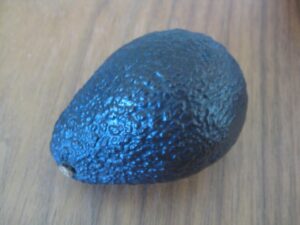I love mature avocados, but they should not be so mature that they have also turned brown.
It can be difficult to pick ripe avocados. There are several reasons for this.
Some avocados appear soft on the outside but are rock hard on the inside. This typically happens when the avocados are pressed.
Most green avocados that come to Europe are of an avocado variety that is not mature until they have changed color to be dark brown.
The best way to ensure that you get good avocados in the shopping cart is to go for avocados that are wrapped. These are avocados that are packed in such a way that they do not get very many marks.
It is best to buy avocados a few days before they are to be used. Avocados benefit from lying on the kitchen table or near the window for a few days and ripening.
Read more about Sushi Chef & Sake Sommelier Zoë Escher
_
Zoë has lectured and held sushi courses for A. P. Moller – Maersk, Hugo Boss Nordic, Novo Nordisk, Novartis, Velux, Gorrissen Federspiel, Beierholm revision, Elbek & Vejrup and many more.









